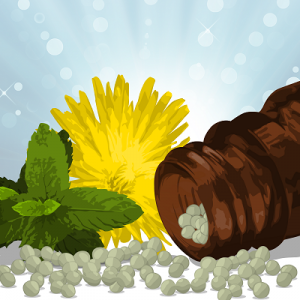Homeopathy
 Classical homeopathy is based on the law of similar, the proving of remedies with healthy volunteer subjects, and the potentization (dilution and succussion = shaking) of the source substances. Observing all of the principles is essential for successful homeopathic cure.
Classical homeopathy is based on the law of similar, the proving of remedies with healthy volunteer subjects, and the potentization (dilution and succussion = shaking) of the source substances. Observing all of the principles is essential for successful homeopathic cure.
1 – The Law of Similar
The Law of Similar is considered the primary principle of homeopathy. It says that the curative remedy is to match a patient’s symptoms as close as possible. In other words, homeopathy functions and works with the recognition and understanding of the patient.
When the homeopath recognizes and understands the sick person’s personality including all of his complaints, his moods and state of mind, the homeopath will be able to find the homeopathic remedy that matches to the patient’s condition. Continue reading
 Homeopathy’s roots emerge from the findings, teachings and writings of Dr. Samuel Hahnemann (1755-1843). He was a physician, chemist and scientific translator. The birthday of homeopathy is 1796 when Hahnemann first published his findings.
Homeopathy’s roots emerge from the findings, teachings and writings of Dr. Samuel Hahnemann (1755-1843). He was a physician, chemist and scientific translator. The birthday of homeopathy is 1796 when Hahnemann first published his findings.
Homeopathy became spectacularly popular in Europe and in the United States in the 1800s. European royalty, religious leaders, American entrepreneurs and writers were among its strongest advocates.
It was successful in treating the epidemics raging at the time including cholera, typhoid, measles, scarlet and yellow fever with a mortality rate of 3 – 6% or less versus 30 to 70% mortality of conventional medicine.
As it was gaining widespread popularity, it was vigilantly opposed by establishment medicine. This opposition led to a decline of homeopathy in the 20th century, in the United States. Other nations including Europe and Asia, were experiencing a steady growth of homeopathic teachings and interest. Continue reading






